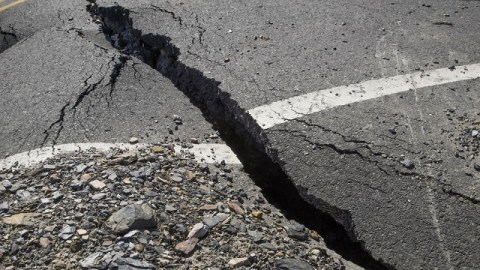More Proof That Human Activity Can Cause Earthquakes

What’s the Latest Development?
A new study published in the new issue of Geology shows that a 2011 earthquake in central Oklahoma was caused by wastewater injection into abandoned underground oil wells combined with increased pressure applied to keep the water going down as the wells filled up. Together, they caused a known fault, the Wilzetta, to move. Geophysicist and study co-author Heather Savage says, “When you overpressure the fault, you reduce the stress that’s pinning the fault into place and that’s when earthquakes happen.” The Oklahoma Geological Survey hasn’t fully accepted the conclusions as fact, and wastewater injections — along with small earthquakes — are still happening in the area.
What’s the Big Idea?
The study represents the latest research linking small earthquakes in unexpected parts of the world to human activity, which includes geothermal drilling and rock quarrying in addition to wastewater injection. Among other recommendations, the study’s authors suggest that injection be kept away from known faults; in the 2011 case, the abandoned wells being used were within 650 feet of the Wilzetta fault rupture. With a magnitude of 5.7, the resulting quake damaged homes and buckled a federal highway, and was felt from over 800 miles away.
Photo Credit: Shutterstock.com





